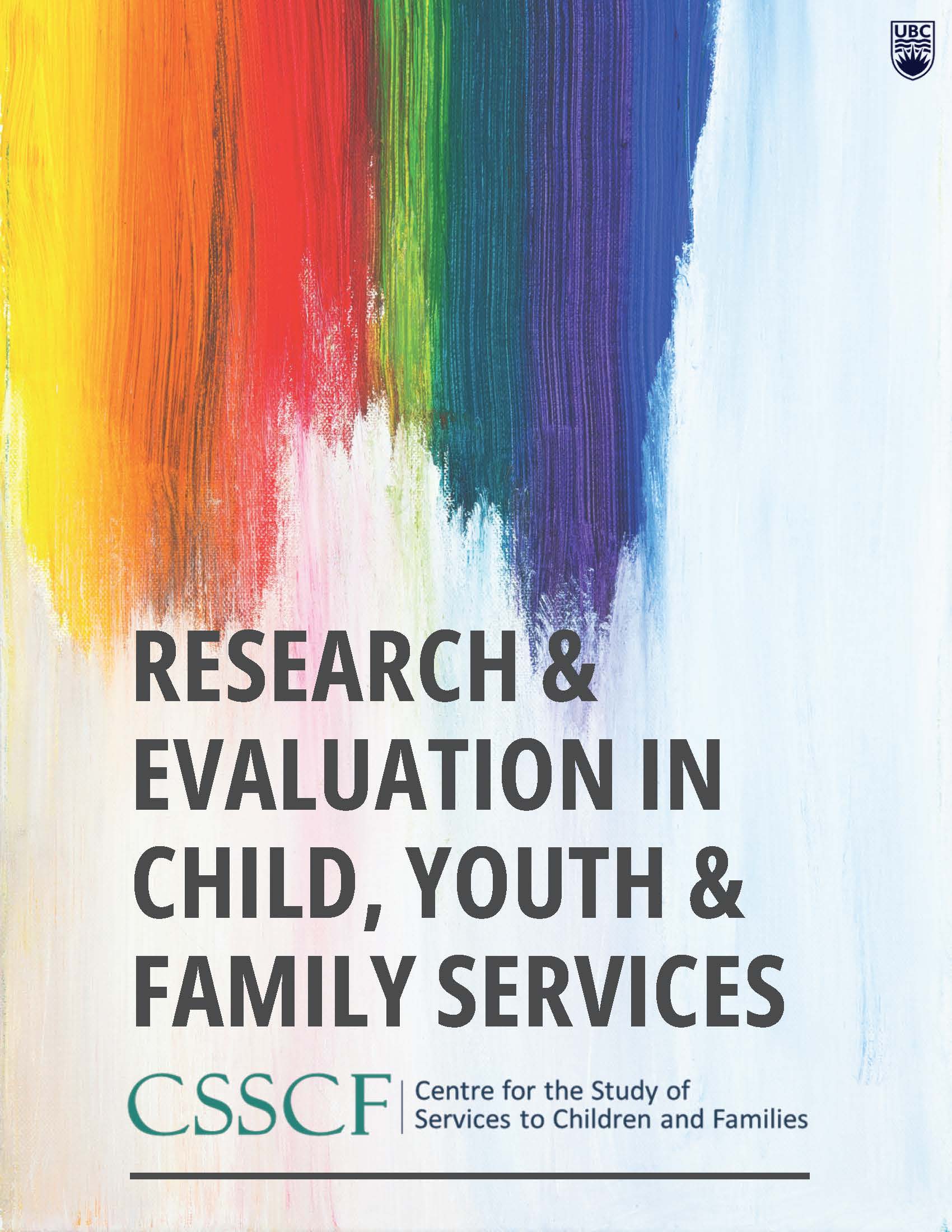Combining Western Evidence-Based Psychological Counselling Practice and Theory with Indigenous Cultural Wellness Practices
DOI:
https://doi.org/10.14288/recyfs.v3i1.197564Keywords:
Indigenous Wellness, Western Counselling Practices, Children and Youth Mental Health (CYMH)Abstract
Indigenous populations in Canada have statistically worse mental health outcomes than non-Indigenous people. This racialized gap is often attributed to historical and ongoing colonization. Western health practices often fail in addressing this gap due to paradigmatic differences between the two worldviews.
This research seeks to address the integration of Indigenous wellness and Western counselling practices. This is in alignment with the Ministry of Children and Family Development’s (MCFD) goal of reconciliation with Indigenous communities, and the commitment of the Indigenous Children and Youth Mental Health (ICYMH) North Fraser team to develop a framework of integration, and this research will inform that framework.
The literature review identifies several relevant themes. Aspects of Indigenous culture, like Indigenous Métissage and Two-Eyed Seeing, explore the weaving together of Indigenous and non-Indigenous perspectives. There are suggestions for integration such as a revaluation of relationships, the inclusion of spiritual and cultural practices, and the prioritization of Indigenous leadership. Some examples of compatible approaches are narrative therapy with Indigenous storytelling, and trauma-informed practice. Some of the barriers to integration are epistemic racism, the commodification of traditional knowledge, and tokenism. The gaps identified in the literature were a lack of distinction between urban and rural Indigenous communities, and a danger of adopting a pan-Indigenous approach.
The methodology of this research followed two paths: a jurisdictional scan and community engagement. The jurisdictional scan utilized snowball sampling. The ICYMH team identified organizations that were then contacted by the research team resulting in nine interviews, seven of which had participants that self-identified as Indigenous. Participants provided their consent and basic demographic information prior to the interviews. Interviews were recorded, transcribed and coded using thematic analysis, and a member-checking process was used to authenticate the results. Community engagement sought two sharing circles where participants would have been recruited through further snowball sampling. A recruitment flyer was spread through community partners to garner participation. Unfortunately, there was not enough interest developed to complete this circle. The second circle was to be delivered to a local Indigenous nation, but this was declined by the council Chief.
The findings uncovered five main themes: Indigenous leadership, culture, relationships, education, and organizational regulations. Indigenous leadership embodied client-directed practice, clinical commitment, and the value of Elders. Culture encapsulated spiritual practices, as well as the weaving together of Indigenous and Western practices in Two-Eyed Seeing. Relationships included the relationship to community, to land/nature/place, and to other organizations. An education of the history of colonialism and its impacts on mental health was also important, as well as the process of self-reflection. Organizational regulations point to both positive and negative steps organizations have taken in implementing Indigenous cultural practices, with epistemic racism being highlighted as a major barrier to institutional integration.
The themes discovered in the research were congruent with existing literature and add to the ongoing conversation surrounding Indigenous mental health. Specifically this project added to understandings of: epistemic racism as an individual and systemic barrier, the need to incorporate spiritual and cultural practices, practitioner responsiveness to the Canadian colonial context, Indigenous leadership, and Two-Eyed Seeing as an approach to practice.
There were several limitations on this research. The Covid-19 pandemic restricted contact between the researchers, the ICYMH team, and the research participants. The lack of a sharing circle eliminated the opportunity for local community input. Finally, time constraints denied the opportunity for additional sharing circles, and may have rushed the Indigenous methodologies that were pursued.
The collected data point to five recommendations. (1) Organizations must integrate Indigenous cultural practices into Western approaches to accommodate clients who want it. (2) Clinicians should engage with Indigenous communities to better connect to their clientele and to educate themselves on local culture. (3) Clinicians ought to engage in self-reflection and educate themselves on colonization and its impacts. (4) Work with Indigenous communities needs to be Indigenous led to optimize the most authentic practices. (5) Organizations should review and adjust their regulations to effectively promote these recommendations within a formalized setting.
This research supplements the established literature on Two-Eyed Seeing approaches to mental health. It is intended to benefit the ICYMH team and influence how they interact with their Indigenous clientele. With these offered recommendations, the ICYMH team can develop a guide to integrate Indigenous practices into their current model.
Downloads
Published
Issue
Section
License
Copyright (c) 2022 Research and Evaluation in Child, Youth and Family Services

This work is licensed under a Creative Commons Attribution-NonCommercial 4.0 International License.
This work is licensed under a Creative Commons Attribution-NonCommercial 4.0 Inrernational License. Copyright for articles published in this journal is retained by the authors, with first publication rights granted to the journal. By virtue of their appearance in this open access journal, articles are free to use, with propoer attribution, in edicational and other non-commercial settings.


